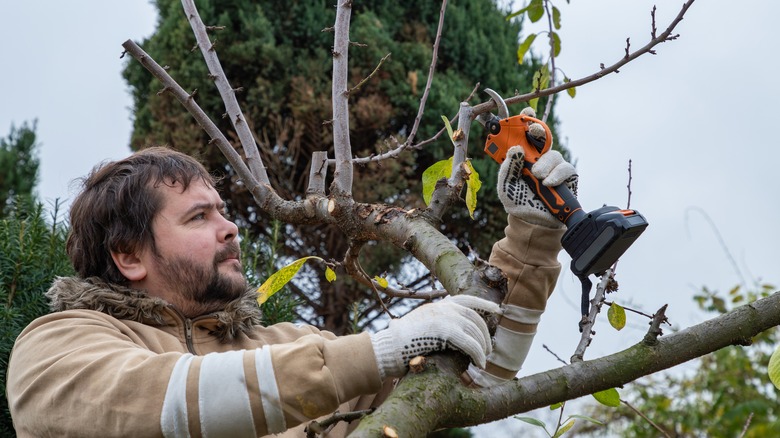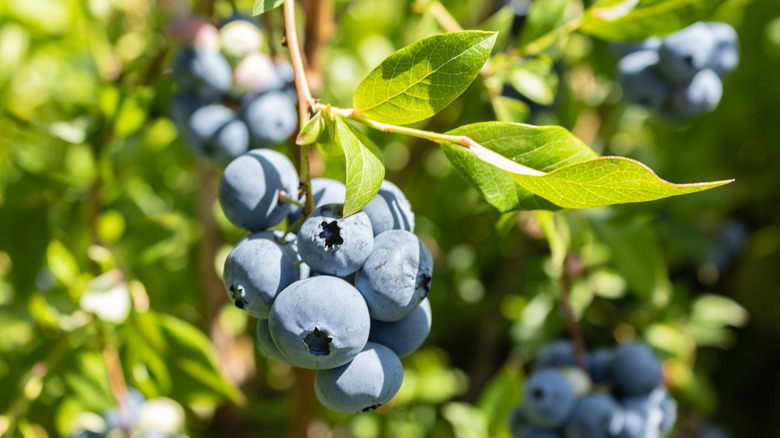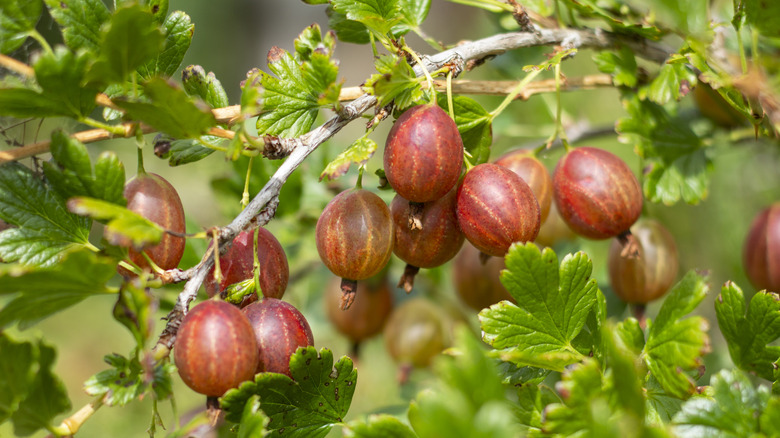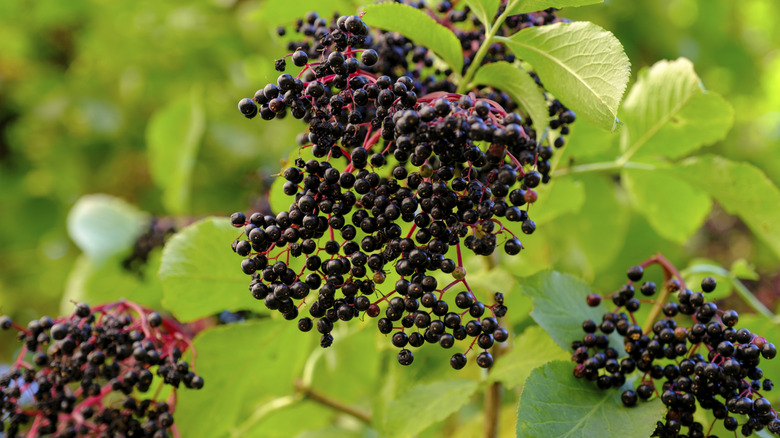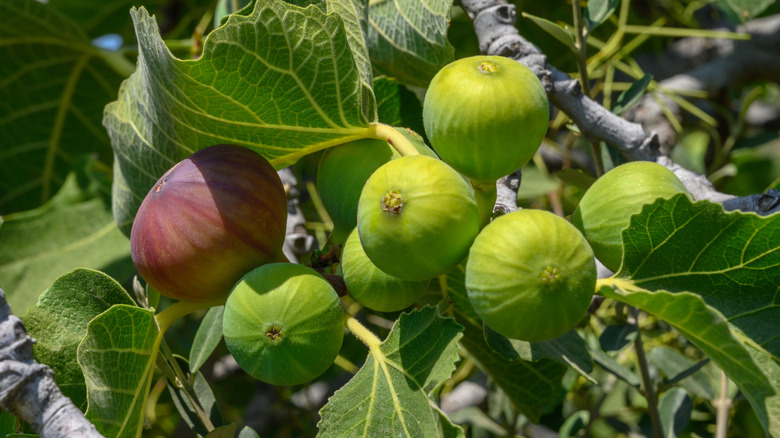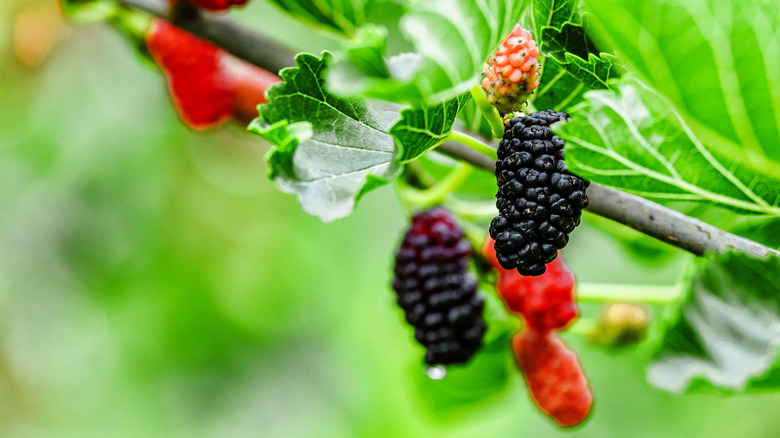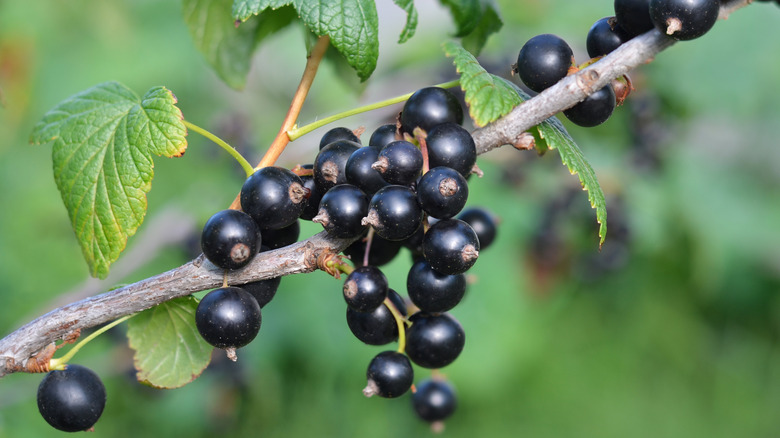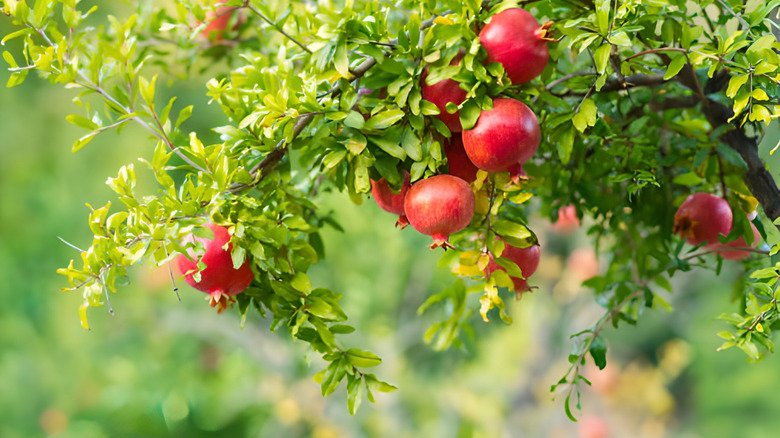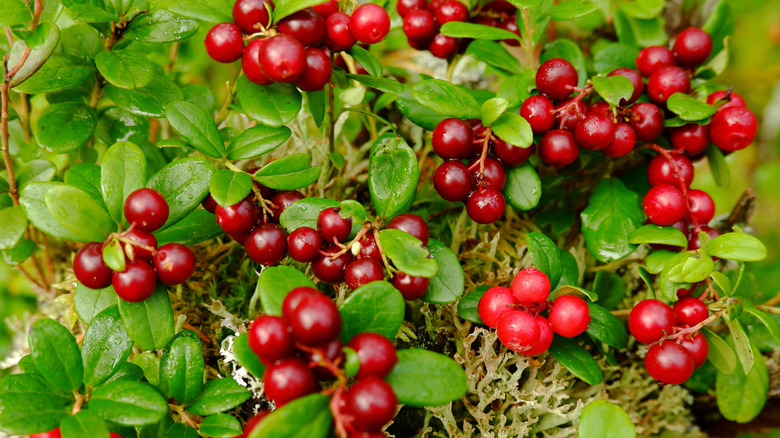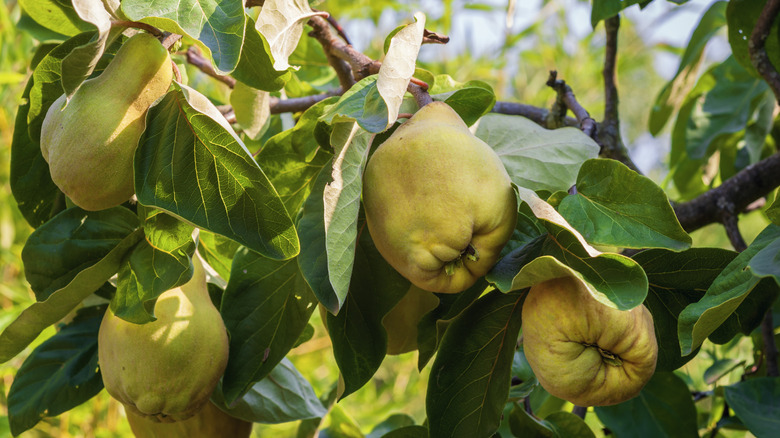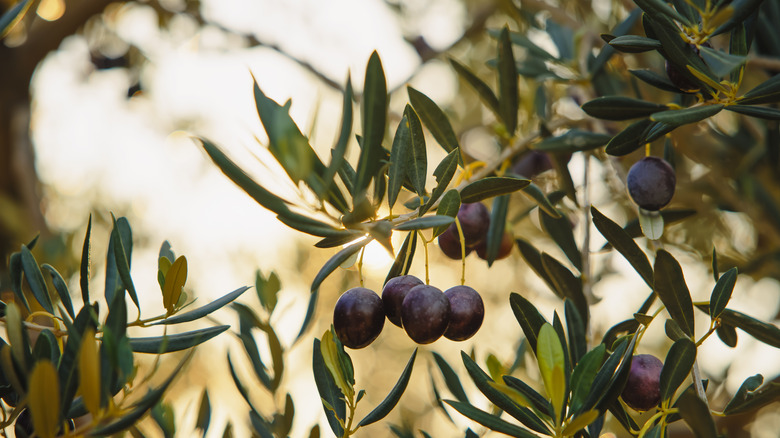10 Fruit Trees And Shrubs You Can Grow From Cuttings For Delicious Produce For Years
There is nothing more satisfying than going out into the garden and picking fruit from your trees and shrubs for a delicious snack. Even better, you may be able to increase your population of fruit-bearing plants by propagating them from cuttings. This will give you more fruit year after year! There are quite a few different fruit trees and shrubs you can propagate from cuttings and grow for free, such as blueberries, cranberries, figs, and pomegranates. This method of propagation, which is essentially a type of cloning, is a pretty simple process as long as you get the technique right. You can take cuttings from the branches, leaves, or roots of your plant. Which one you pick depends on the fruit tree or shrub you have.
Certain plants, such as gooseberries, propagate better from hardwood cuttings. However, other plants, such as blueberries, can be propagated from either softwood or hardwood cuttings, depending on your needs. If you are propagating from a hardwood tree or shrub, you need to take your cuttings when the plant is dormant in winter and early spring. Softwood cuttings are best snipped in late spring through mid-summer. A word of warning: Some plant varieties and cultivars are patented and cannot be propagated by cutting. Check for a trademark (™), patent number, or the acronym PPAF (Plant Patent Applied For) when you purchase the plant or search online. The University of Maryland's Plant Patents Color Images Database is a good starting point.
Blueberry
With so many delicious varieties of blueberries that will thrive in your garden (Vaccinium spp.), the fruiting shrub is a popular choice for home gardeners. If you have a blueberry bush in your yard that is thriving and producing great fruit, take softwood cuttings from it in late spring or early summer. Cut off a fresh, soft stem 2 to 6 inches long and remove half of the leaves from the bottom of the stem. Place the cutting in a pot with sand or peat moss. You can transplant your new blueberries in the fall or early spring.
Gooseberry
Gooseberries (Ribes spp.) should be propagated from hardwood cuttings. When you prune your bush during the winter months, select a robust stem. Choose a stem that grew in summer and has hardened. Cut off a section about 1 foot long and remove any buds from the bottom 2 inches. You can then place your cutting into a pot of compost or plant it directly in the ground. Your gooseberry saplings should start to produce new shoots in the spring.
Elderberry
Elderberries (Sambucus spp.) are pretty easy to propagate from cuttings, apart from the native blue elderberry, which can be a bit trickier. You can propagate your elderberry shrubs through hardwood or softwood cuttings. Take hardwood cuttings from one-year-old growth in early spring. Plant them in a permanent location outside or in a sterile potting mix. For softwood cuttings, take a length of new growth in spring or early summer and then place it in potting mix with one or more nodes below the surface. Ensure you keep the soil moist until the plants are well rooted.
Fig
You can successfully propagate a fig tree (Ficus carica) through hardwood cuttings that you take from the plant in the fall. The best time is in late fall after the leaves have fallen but before the first frost. Cut branch tips from last year's growth, making sections at least 1 foot long. You can then either store them until spring or plant them directly into the ground outdoors or into pots of compost. If you decide to store them, wrap them in damp newspaper and place them in the fridge.
Mulberry
Mulberry trees (Morus spp.) can be propagated through hardwood, softwood, or semi-hardwood cuttings. For semi-hardwood cuttings, take a 4- to 5-inch stem off the current season's growth in summer or fall, ensuring first that it has matured. It should be woody with large leaves and three or four active buds. Insert the cutting 2 inches deep into a pot filled with potting mix. After three or four months of care, your new mulberry saplings will be ready for planting in the garden.
Currants
Currants such as blackcurrants (Ribes nigrum) and redcurrants (Ribes rubrum) can be propagated through hardwood cuttings. It is best to take cuttings from healthy new or young plants. In the fall, take cuttings of 6 to 8 inches from wood that was produced in the summer. Cut just below a bud at the bottom of the stem. Then, plant them directly into a prepared nursery bed with one or two buds above the surface. Cover the area with organic mulch to protect the cuttings and help with moisture retention.
Pomegranate
You can propagate pomegranate (Punica granatum) trees and shrubs through both softwood and hardwood cuttings, but hardwood propagation tends to be easier to care for. When your pomegranate plant is dormant, take cuttings of around 6 to 12 inches in length, ensuring that they are at least as thick as a pencil. Then, place your cuttings in pots with a well-draining rooting medium, such as peat moss. Leave them in the pot in a greenhouse until they develop a strong root system. Harden them off before transplanting them outside.
Cranberry
Cranberry shrubs (Vaccinium macrocarpon) are a great ground cover. By multiplying your plant, you can boost your cover and your fruit harvest. This plant does best when propagated through softwood cuttings. In the spring, take a stem of new growth that has at least three sets of leaves before removing the leaves from the bottom half. Place the cutting into damp, well-drained rooting medium. Once the sapling is established with a decent root system, you can plant it in its permanent location. Cranberry roots are fragile, so treat the plant with care.
Quince
If you have a healthy, established quince tree (Cydonia oblonga) in your yard, you can create new saplings through hardwood cuttings. In late fall or early winter, take a section of stem that is around 10 inches long. Cuttings from two or three year old wood can root easily, but cuttings from one year old trees are preferable for propagation. After a season of growing in a pot with rooting medium, you can plant your quince sapling out into its permanent home. When you do, watch out for suckers that may pop up and remove them.
Olive
You can propagate olive trees (Olea europaea) by taking hardwood cuttings just before the warm spring weather arrives. Take a cutting from two or three year old tree, ensuring that the cutting is around 1 inch wide and 8 to 12 inches long. After removing all the leaves and soaking their tips in a rooting solution, place them in a box surrounded by moist sawdust. After about a month, plant the cuttings in pots with only a little bit of stem sticking out of the soil. Your new olive trees can be planted into the garden in a few months.
